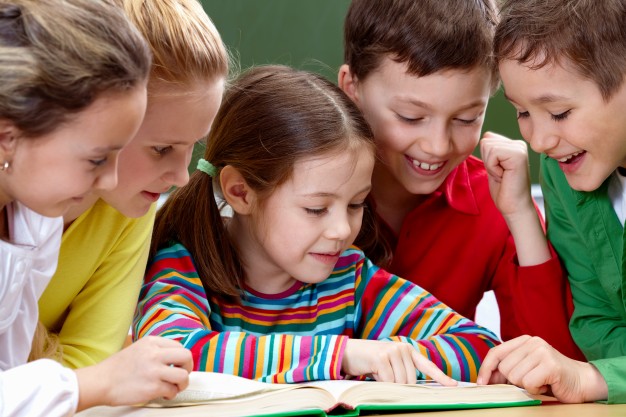Cooperative Learning| Positive Interdependence
Positive Interdependence is a key element of cooperative learning. Positive Interdependence simply means that the students must work together to achieve the goal. The students depend on each other for support, guidance, information, resources etc. This may mean that the talent each student possesses complements the talents of the other students within the group so the group may effectively support each other. This may also be that students are assigned roles that have specific jobs that are designed to be reliant on one another. Each student is indispensable within the group. When students are engaged in activities that require positive interdependence, if one student fails to do their part, the rest of the group will not be able to effectively meet the goal. With positive interdependence the students either sink or swim together!
Here are some ideas for developing activities that promote positive interdependence.
- Student Roles: Students are assigned specific roles that require each individual to complete part of the task, review part of the resources, develop a section of the materials, etc. that are critical to the success of the whole group.
- Peer Review: Students provide constructive feedback on each other’s assignments.
- Group Project: Students work together to complete one project. It is crucial that each students is able to explain the concept behind the project, the groups goals for the project, and a mastery of the standards.
Cooperative Learning

I love cooperative learning! It is music to my ears to walk around and hear students, correcting, discussing, debating, or giving their opinion on a topic. I know they are actively learning while they do this! As a middle school teacher for 10 years, I have learned that students learn way more from hearing themselves talk or their peers talk than me.
I use Kagan groups, and it is a perfect example of the cooperative learning listed above. Each student is assigned a role and they must complete the task so that the entire group is successful They also must give feedback on how the members worked, which I often consider when I give each student a grade. They enjoy working together on projects and presenting them together to the class.
I teach 6th grade ELA and the one thing that 6th graders love to do is talk and socialize. So, I use that to my advantage through collaborative groups and learning. My students work in groups on just about everything in my classroom. Using all of their ideas, knowledge and cooperation, they are able to learn much more than if I were to lecture them and give them just one viewpoint. I have also seen some of my quiet, introverted students become leaders and gain confidence from working in groups. Everyone has a role and must do their part to make it work well. I have also found that when peer editing their writing, the students are much harder on each other than I am. However, they take the criticism and work on writing a better paper. It’s like positive peer pressure. Everyone learns more including me!
I teach kindergarten, and I use a lot of cooperative learning my center rotations. Sometimes, it’s hard to see the productivity at such a young age, but the benefits are there. Students, many of whom have had no education or socialization thus far, learn to communicate with a small group of their peers. I also assign roles within groups, as suggested in the blog. I have a leader, as well as a helper who passes out materials to their group. This encourages sharing, as well as taking turns and sharing responsibilities. They must often work together to achieve a goal or outcome.
I teach kindergarten, and I use cooperative leaning in my center rotations. It is often difficult so see the learning part at this age, as it mostly looks like socializing and playing. When one considers that many of these students enter kindergarten with no other educational experience and little socialization, one can see the benefits.
I also assign roles, as suggested in the blog. I have a leader who keeps everyone moving to the correct center and keeps up with the group’s work. Another student is responsible for passing out materials. Everyone is expected to complete his/her assignment, help group-mates, and help clean up. In my classroom, I not only use cooperative learning to reinforce academic skills that I’ve taught, but also to foster communication skills, social skills, and leadership skills.